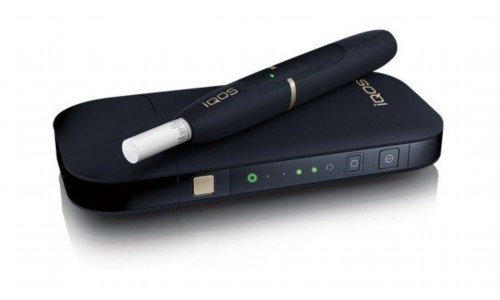
Understanding Vape Settings: A Beginner’s Guide
table {
width: 100%;
border-collapse: collapse;
}
th, td {
padding: 10px;
text-align: center;
}
tr:nth-child(even) {
background-color: #f2f2f2;
}
tr:hover {
background-color: #d1e7dd;
}
Introduction to Vape Settings
Vaping can often feel overwhelming for beginners, especially with the myriad of settings available on modern devices. Understanding vape settings is essential to ensure an optimal experience. This article aims to break down the core aspects of vape settings, including wattage, temperature control, and airflow, enabling novices to make informed choices in their vaping journey.
Understanding Wattage
Wattage is a fundamental setting that controls the power output of your vape device, directly impacting the intensity of the vapor produced. The relationship between wattage and e-liquid consumption is crucial; higher wattages typically result in a more significant vapor production but can also lead to faster battery drain. A good starting point for beginners is between 10-15 watts, allowing for a balanced experience without overwhelming throat hits.
Exploring Temperature Control
Temperature control is another critical feature for many vapers. This setting allows users to regulate the heat that’s applied to the coil, thereby influencing flavor and vapor quality. The temperature range usually spans between 200°F and 600°F. Using temperature control can enhance the vaping experience by preventing dry hits and burning the e-liquid. For beginners, starting with around 400°F often yields optimal results without compromising flavor.
Airflow Settings Explained
The airflow setting significantly affects the draw of your device. By controlling the amount of air that mixes with the vapor, you can customize the tightness or looseness of the inhale. Devices generally have adjustable airflow, which allows vapers to find their preferred setting whether they favor a restrictive MTL (mouth-to-lung) or airy DL (direct lung) hit. Experimenting with airflow can greatly improve your experience.
Case Study: Comparing Different Settings
To illustrate how varying settings can impact the vaping experience, consider the following table comparing three different wattage and airflow settings with a popular device model.
| Setting | Wattage | Airflow Type | Vapor Production | Flavor Intensity |
|---|---|---|---|---|
| Setting 1 | 10W | MTL | Low | Mild |
| Setting 2 | 20W | DL | Medium | Rich |
| Setting 3 | 30W | DL | High | Intense |
Common Questions About Vape Settings
What wattage is best for beginners?
The recommended wattage for beginners generally rests between 10-15 watts. This range allows new vapers to enjoy a comfortable experience without overwhelming vapor clouds or harsh throat hits.
How does temperature control improve vaping?
Using temperature control enhances the vaping experience by allowing users to prevent dry hits and burnt flavors. By maintaining an optimal temperature, vapers can enjoy consistent flavor profiles and reduce the likelihood of damaging the coil.
What airflow setting is ideal for flavor?
For those seeking maximum flavor, a tighter airflow setting (MTL) often produces a more concentrated taste. However, balancing between airflow and vapor production is essential for a pleasurable experience.)



